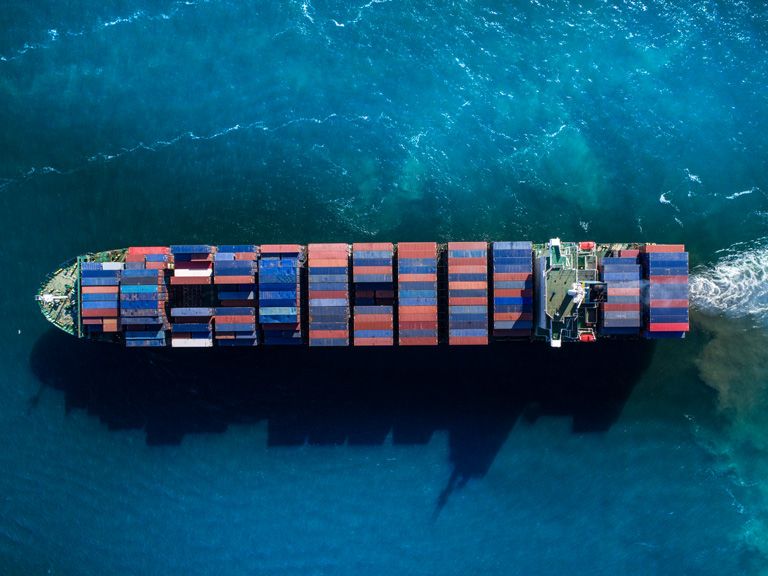The positive trend in world trade in 2021 was largely due to increases in commodity prices, the easing of pandemic restrictions, and a strong recovery in demand due to economic stimulus packages.
As these trends are likely to subside, international trade trends are expected to normalize during 2022.
For HSBC, the launch of vaccines around the world and a strong global economic recovery mean that we enter 2022 in better shape than we might have expected a year ago.
Clearly, according to this bank, there are still significant challenges ahead, not the least of which is the uncertainty caused by the spread of the Omicron variant and potentially other variants in the future.
Bottlenecks in the supply chain, high energy and food prices, rising consumer demand and higher wages have all combined to fuel inflation.
Central banks have already started to respond by tightening monetary policy and this is likely to continue into 2022.
World trade
Overall, world trade developments in 2022 are likely to be affected by the following factors, from an UNCTAD perspective:
Slower than expected economic growth
Economic growth forecasts for 2022 are being revised downwards. For example, the International Monetary Fund cut its world economic growth forecast for 2022 by 0.5 points (from 4.9 to 4.4.) because of persistent inflation in the United States and concerns related to China’s real estate sector.
It is likely that global trade trends will reflect these macroeconomic trends, with lower than expected trade growth.
Continuing challenges for global supply chains
The COVID-19 pandemic resulted in unprecedented pressures on supply chains. Logistic disruptions, a semiconductor shortage and rising energy prices have further contributed to supply shortages and spiraling shipping costs.
As a result, major companies have become strongly focused on improving reliability and managing risks for their supply networks, but delays have persisted nevertheless.
Efforts to shorten supply chains and to diversify suppliers could affect global trade patterns during 2022.
Trade agreements and regionalization trends
On January 1, 2022, the Regional Comprehensive Economic Partnership (RCEP) entered into force. This trade agreement facilitates trade among many of the East Asian and Pacific economies, and is expected to significantly increase trade between members, including by diverting trade from non-member countries.
The regionalization of trade flows is also expected to increase in other parts of the world in line with other regional initiatives (e.g., the African Continental Free Trade Area) and also due to increasing reliance of geographically closer suppliers.
Transition towards a greener global economy
Trade patterns in 2022 are expected to reflect the increasing global demand for products that are environmentally sustainable.
Such patterns may also be supported by government policies regulating the trade of high-carbon products. Moreover, global trade patterns could also be influenced by increased demand of strategic commodities required to support greener energy alternatives (e.g., cobalt, lithium, and rare earth metals).
Rising concerns about debt sustainability
Given the record levels of global debt, concerns of debt sustainability are likely to intensify in the incoming quarters due to mounting inflationary pressures.
A significant tightening of financial conditions would heighten pressure on the most highly indebted governments, amplifying vulnerabilities and negatively affecting investments and international trade flows.
![]()

